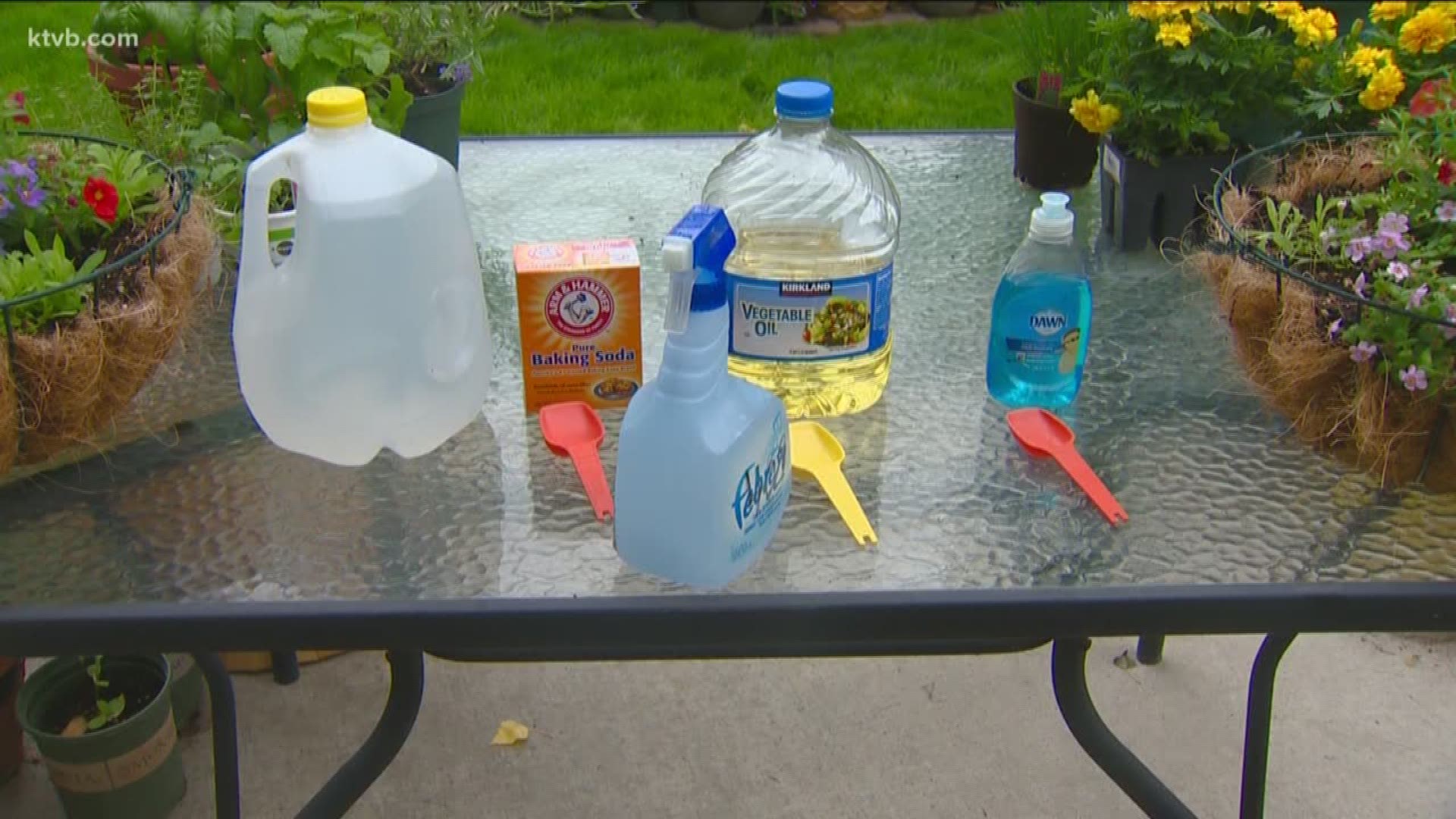You can keep the fresh taste and smell of mint long after the season is over by freezing mint leaves. There are a couple of easy ways to do it.
After washing and drying the leaves, spread them out on a baking sheet. Place the baking sheet in the freezer for three or four hours, or until the leaves are frozen. Then place the frozen leaves in a labeled zip-lock bag and keep it in the freezer.
Another way is to freeze whole or finely chopped mint leaves in ice cubes. Place the whole or chopped mint leaves in each compartment of an ice cube tray, top it off with water, and put it in the freezer. Once they're frozen, remove the cubes from the trays and store them in a freezer bag. Then you can either add the ice cubes to your food or drinks, or thaw them in a glass and drain off the water to use the leaves. They won't look quite like fresh mint leaves anymore, but they'll still smell and taste the same.
Cutworms can cause a lot of damage to vegetable plants by eating right through the stems, but you can prevent that by placing a barrier around the stem so the worm can't get to it. One simple solution is to take a cardboard toilet paper roll cut into sections two to three inches long. Gently slip it over the plant, or cut a slit down the side of the roll and carefully place it around the plant's stem. Then push it about a half inch into the soil. The cardboard will eventually decompose, but by then your plant will be too big for the cutworms to do any damage.
Peat pots are great for growing vegetable starts, like this tomato plant or these garlic chives. you can set the entire pot in the soil so you don't disturb the roots, and the peat pot will eventually decompose. But if you tear off the bottom of the peat pot before planting, it forces the roots to grow downward, and not to the side. The plant will be much healthier and more productive.
And here are some great garden uses for a very common household product --- baking soda.
Baking soda makes an effective fungicide for treating things like powdery mildew on vegetable plants, as well as other fungal problems like rust and black spots on roses.
Mix a gallon of water with one tablespoon of baking soda, one tablespoon of vegetable oil, and one tablespoon of a phosphate-free dishwashing soap. Mix it together and put it in a sprayer. Apply it once a week to the affected plant leaves.
You can encourage alkaline-loving flowering plants, like geraniums, begonias, and hydrangeas, to bloom more vigorously, by watering them with a mixture of two tablespoons of baking soda to a gallon of water.
Fresh cut flowers will fresh and last longer if you add a teaspoon of baking soda to the water in the vase before putting the flowers in it.
Baking soda also makes an effective insect-repellent to deter cabbage worms, squash bugs and other destructive pests. Just combine one part baking soda to one part flour. Put it in a shaker and dust the plants' leaves. It does wash off, so you'll need to apply it regularly, but it's cheap, chemical-free, and safe for people and pets.
Finally, you can do a simple test to check the ph level of your soil, whether it's acidic or alkaline. Take two small samples of soil from your garden. Dampen the soil with a little water. On one sample, sprinkle a little baking soda. If it bubbles, then you're soil is acidic, and you need to add more alkaline to raise the ph level. Add a little bit of vinegar to the other sample. If it bubbles, then you're soil is alkaline. It may not be an official soil test, but it's fun, and it will at least give you an idea of your soil needs for the plants you want to grow.

